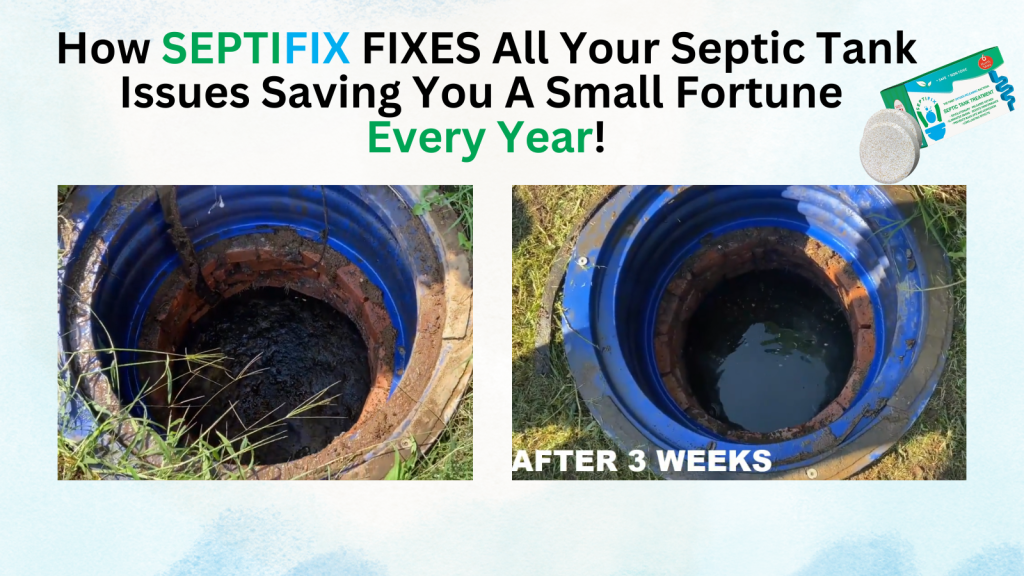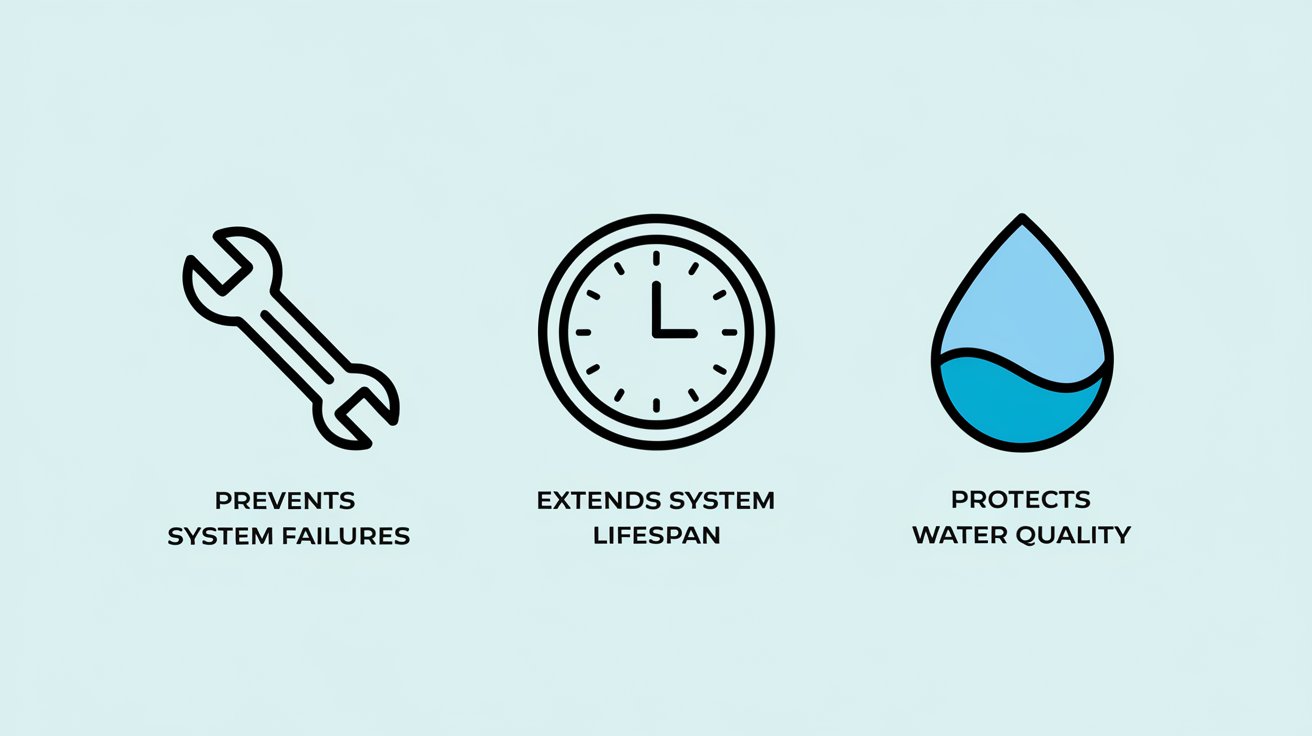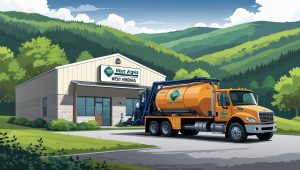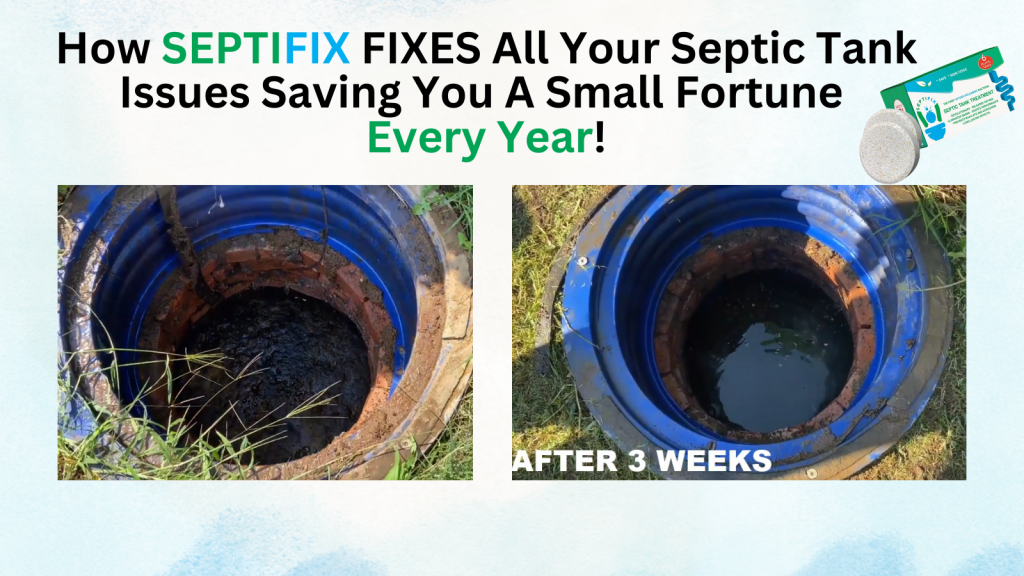If you’re a homeowner with a septic system, you’ve probably heard that regular pumping prevents septic failure—but what does that really mean? Neglecting this simple maintenance task can lead to expensive damage, health hazards, and major plumbing disasters. In this guide, we’ll explore how routine pumping protects your system, extends its life, and keeps things flowing smoothly.
Table of Contents
- How a Septic System Works (and Why Solids Matter)
- How Pumping Prevents Septic Failure
- Signs You’re Overdue for a Septic Pumping
- How Often Should You Pump Your Septic Tank?
- DIY vs. Professional Pumping
- Environmental and Financial Benefits of Regular Pumping
- Regional Variations: Local Septic Terms and Needs
- Contact Info and Resources
- Conclusion: Stay Ahead of Septic Trouble
- Septifix
- Septic Permit Links by State
How a Septic System Works (and Why Solids Matter)
Understanding how a septic system functions makes it easier to see why pumping is so essential. A typical septic system includes a septic tank and a drainfield (also called a leach field). Wastewater from your home flows into the tank, where solids settle at the bottom, grease floats to the top, and liquid effluent flows into the drainfield.
Over time, solids (known as sludge) accumulate. If not removed through pumping, they can build up and overflow, clogging your drainfield or backing up into your home. That’s where regular pumping steps in.
How Pumping Prevents Septic Failure
1. Stops Solids from Reaching the Drainfield
The drainfield is designed to filter liquid only. When solids escape the tank—often due to lack of pumping—they clog the perforated pipes and surrounding soil. This causes slow drainage, foul odors, and eventual system failure.
2. Reduces Risk of Backups
Sludge that isn’t removed will eventually displace the tank’s capacity, causing wastewater to back up into sinks, tubs, or even your yard. Pumping clears out the buildup before it becomes a problem.
3. Extends System Lifespan
Routine maintenance keeps your septic system running efficiently. On average, pumping every 3 to 5 years can add decades to your system’s life. Skipping it could cut that lifespan in half—or worse.
4. Helps Detect Problems Early
Most septic professionals inspect your system during pumping. They’ll spot cracks, leaks, or signs of tank corrosion early, which helps prevent emergency repairs later.
Signs You’re Overdue for a Septic Pumping
While it’s best to pump your system on a schedule, certain warning signs suggest it’s time to act fast:
- Slow drains or frequent clogs
- Gurgling toilets or drains
- Sewage odors near the tank or inside the home
- Lush green grass or soggy areas near the drainfield
- Sewage backups
If you notice any of these, it’s wise to call a septic professional immediately.
How Often Should You Pump Your Septic Tank?
There’s no one-size-fits-all answer. The frequency depends on:
- Tank size
- Number of household occupants
- Water usage habits
- Garbage disposal use
As a general rule:
- A family of four with a 1,000-gallon tank should pump every 3–4 years.
- A smaller household might stretch to 5 years.
- Homes with heavy water use or garbage disposals may need more frequent service.
📌 Tip: Keep records of each pumping so you can track your system’s needs over time.
DIY vs. Professional Pumping
While some parts of septic maintenance are DIY-friendly (like conserving water or inspecting risers), pumping should always be handled by a licensed professional. Septic tanks contain harmful gases, pathogens, and can pose serious safety risks.
Professionals use specialized vacuum trucks to remove sludge safely and dispose of it in accordance with environmental regulations. They also check for cracks, leaks, and other signs of failure—another layer of protection for your system.
Environmental and Financial Benefits of Regular Pumping
Pumping your system not only protects your home—it also helps the environment and your wallet.
Environmental Perks:
- Prevents groundwater contamination
- Reduces pollution in nearby lakes, rivers, and streams
- Maintains soil health in the drainfield area
Cost Savings:
- Avoids emergency plumbing bills
- Postpones expensive drainfield replacements
- Reduces long-term repair needs
An average pumping service costs between $250 and $600, while replacing a failed system can run upwards of $15,000. That’s a pretty convincing argument for regular maintenance.
Regional Variations: Local Septic Terms and Needs
Depending on where you live, you might hear your system called a sewage treatment system, on-site wastewater system, or even cesspool (in older properties). Regional regulations and soil types also affect how often pumping is needed.
In New England or Pacific Northwest areas with high rainfall, for example, drainfields can be more vulnerable to flooding and need more monitoring. In the Southwest, dry conditions may require less frequent pumping but greater attention to system seals and tank materials.
For best results, check with your local health department or a licensed installer for region-specific recommendations.
Contact Info and Resources
Need help maintaining your septic system or finding a reliable pumping provider?
- EPA SepticSmart Program – Trusted guidance on septic care
- National Onsite Wastewater Recycling Association (NOWRA) – Find certified professionals in your area
- Contact your local health department for pumping schedules and regional rules
- Explore our guide to DIY Septic Maintenance and Signs of Septic System Failure
- Check our Septic Services Directory to find trusted providers in your area
Conclusion: Stay Ahead of Septic Trouble
Pumping your septic tank might not be glamorous, but it’s one of the smartest things you can do to prevent septic failure. It protects your home, saves you money, and keeps your environment healthy. If it’s been a few years since your last service—or you’re noticing any red flags—don’t wait. Call a licensed septic professional and get your system back on track.
🛠️ Don’t let neglect turn into an emergency. Schedule your septic pumping today and enjoy peace of mind tomorrow.
Directory | Wyoming Septic Service Providers : Best Professionals
Directory | Wisconsin Septic Service Providers | Part 3
Directory | Wisconsin Septic Service Providers | Part 2
Directory | Wisconsin Septic Service Providers | Part 1
Directory | West Virginia Septic Service Providers : Best Professionals
Winter Pumping: Should You or Shouldn’t You?
Septifix








